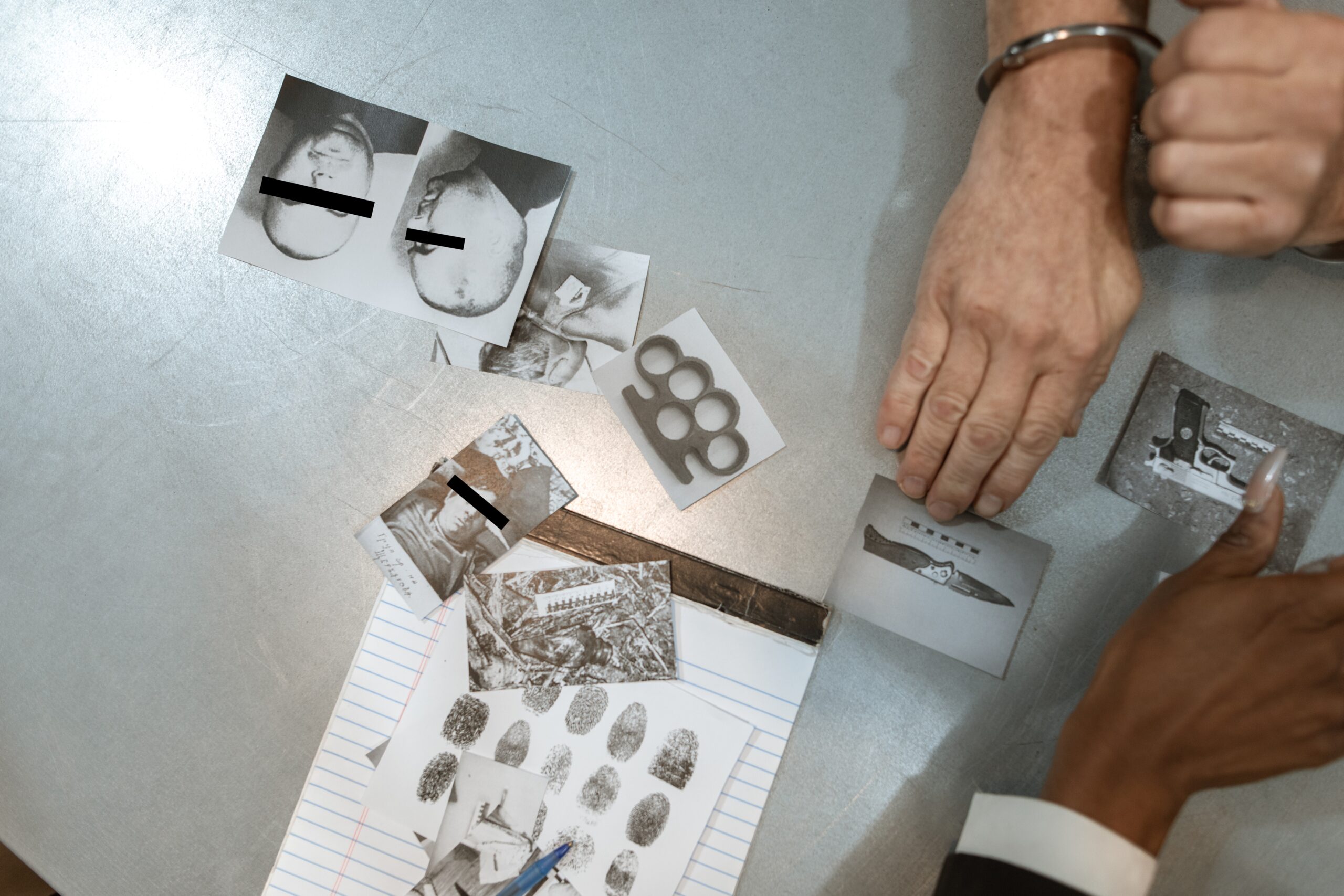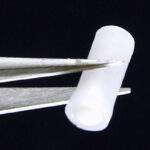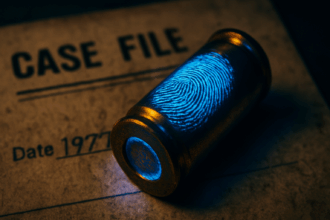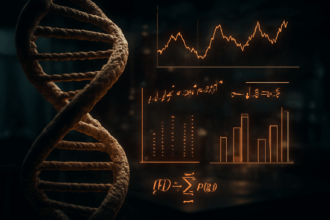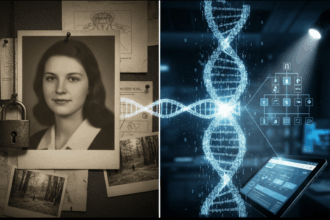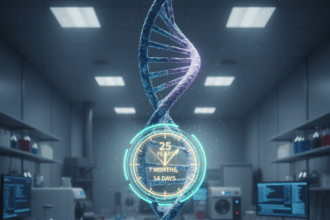From 1194 to Late 1600s
King Richard Plantagenet (1157-1199) officially creates the position of the coroner.
In Italy, Pope Innocent III appointed doctors to the courts to perform autopsies to establish the nature of various types of wounds, and Italy, notably at the University of Bologna, became the first country to recognize legal medicine as a specialty.
A Chinese physician publishes his book, Hsi Duan Yu (the washing away of wrongs), the earliest known work on pathology and death investigations and early forensic entomology. The book described distinguishing drowning from strangulation and was the first recorded application of medical knowledge to the crime solution.
The great Italian surgeon Hugh of LUCCA, famous for his anticipation of antiseptic treatment of wounds, takes oath as a medicolegal expert of the city of Bologna.
De Officia Coronatoris, which describes the coroner’s duties, is published in England.
De Officio Coronatoris is the statute of 4 Edward the First (1276) prescribing the coroner’s principal functions and duties, specifically his duties in holding inquests.
“The statute de Officio coronatoris, 4 Edw. I. (in affirmance of the common law), defined the powers of the coroner, and this statute is the basis of his modern jurisdiction.” [Palenzke v. Bruning, 98 Ill. App. 644 (Ill. App. Ct. 1901)].
Bartolomeo da VARIGNANA of Bologna perfoms a medicolegal autopsyAn autopsy, also known as a post-mortem examination or necropsy (when performed on animals), is a thorough and systematic medical procedure that involves the examination of a deceased person's body, typically to determine or confirm Read Full Definition in a case of suspected murder of nobleman called AZZOLINO.
In 1325, the Chinese lawyer Sung Ts’u wrote a textbook on criminal investigations called The Washing Away of Wrongs.
In his book, Ts’u recounts the story of a murder near a rice field. The victim had been slashed repeatedly, and investigators suspected the weapon used was a sickle, a common tool used in the rice harvest.
The local magistrate brought all the workers together and told them to lay down their sickles. Though all the tools looked clean, one quickly attracted hordes of flies. The flies could sense the residue of blood and tissue invisible to the human eye. When confronted by this, the murderer confessed to the crime.
1348-1350: Pope Clement VI (1291-1352) orders autopsies on victims of the Black Death to hopefully find a cause for the plague.
1507: The Bamberg Code in Germany required that medical evidence
1516: Certain criminal laws were issued by the Elector of Brandenburg.
1532: Constitutio Criminalis Carolina, also known as The Criminal Jurisdiction of Emperor Charles V. and the Holy Roman Empire, issued by Charles V., for all lands included within his mighty empire. This Penal Code is based on Constitutio Bambergensis Criminalis, but is far more extensive.
Ambroise PARÉ (1509-1590), the great French surgeon, publishes “Reports in Court,” widely regarded as the first more systematic treatise on legal medicine.
Zacharias Janssen (1580-1638) designs the first crude microscope with the help of his father, Hans. The early Janssen microscopes were compoundIn scientific terminology, a "compound" refers to a substance formed by the combination of two or more different elements or molecules. These elements or molecules can be chemically bonded together to create a new substance Read Full Definition microscopes, which used at least two lenses. It had three sliding tubes for different lenses, no tripod, and could magnify three to nine times the true size.
Italian doctor Fortunatus Fidelis was the first to practice modern forensic medicine, defined as the “application of medical knowledge to legal questions.” He published four volumes of the first systematic treatise in Forensic Medicine in 1598.
1604: First Autopsies in North America were done by French colonists desperate to determine what was killing them as they endured a rugged winter on St. Croix Island.
François Demelle of France published the first treatise on systematic document examination in France.
The first systematic course of lectures on legal medicine was instituted at the University of Leipzig.
Sir Thomas Browne discovered adipocere"Adipocere," also known as "grave wax," refers to a unique substance that forms during the decomposition of human bodies when they are buried in moist or waterlogged environments. It is a waxy, soap-like material that Read Full Definition: Sir Thomas BROWNE (1605-1682), an English physician, biologist, philosopher, and historian, for many a pioneering forensic archaeologist, discovered adipocere. In his book “HYDRIO-TAPHIA, Urne-Burial,” he publishes scientific reference to the fatty, waxy, soap-like substance derived from decayed human corpses buried in moist, air-free places.
Dutch scientist Antony van Leeuwenhoek (1632–1723) employs a microscope first to see living bacteria, which he calls animalcules. He designed high-powered single lens microscopes which could magnify up to 270 times larger than the actual size. With these, he was the first to describe sperm (or spermatozoa) from dogs and humans. He also studied yeast, red blood cells, bacteria from the mouth, and protozoa.
- In the “Philosophical Transactions of the Royal Society of London” paper in 1684, Dr. Nehemiah Grew was the first European to publish friction ridge skin observations.
- Dutch anatomist Govard Bidloo’s book “Anatomy of Human Body” also described friction ridge skin details in 1685.
- Marcello Malpighi, a professor of anatomy at the University of Bologna, noted fingerprint characteristics in his treatise in 1686. He is the first to use the terms loops and whorls patterns. Also, a layer of skin was named after him, the “Malpighi” layer, which is 1.8mm thick.
- Grew, Bidloo, or Malpighi did not mention friction ridge skin uniqueness or permanence and their value as individual identification tools.
Giovanni Maorhagni (1682-1771) was the first to make a complete and systematic correlation between the symptoms of a particular disease and the anatomical lesions found on post-mortem examination. Likening the body to a complex of organic machines, a concept promoted by Malpighi, Morgagni reasoned that the clinical manifestations of a disease could be traced to a breakdown somewhere in the organism, which could then be investigated anatomically. His treatise consisted of approximately 700 case histories and post-mortems.



